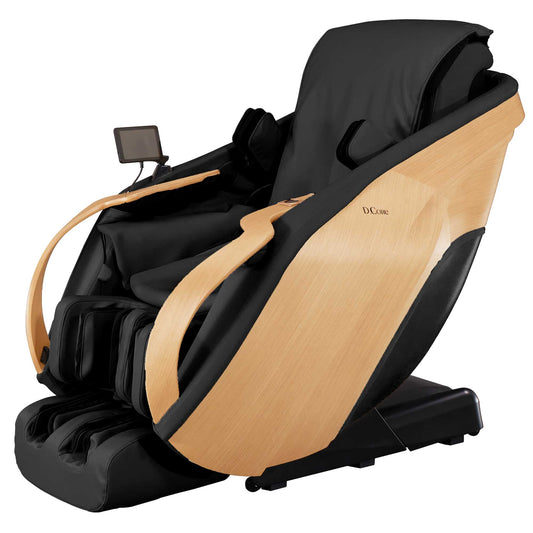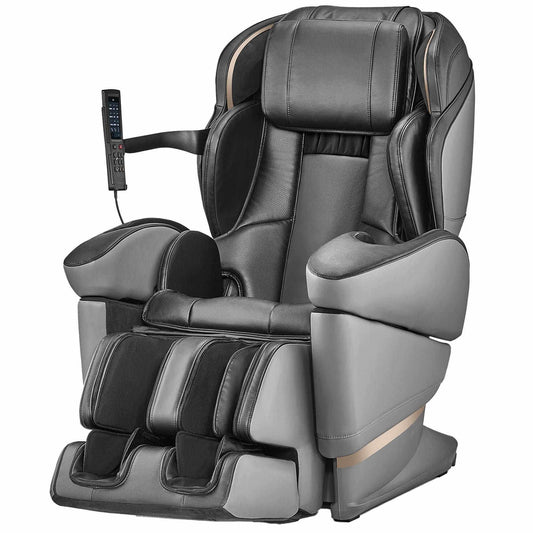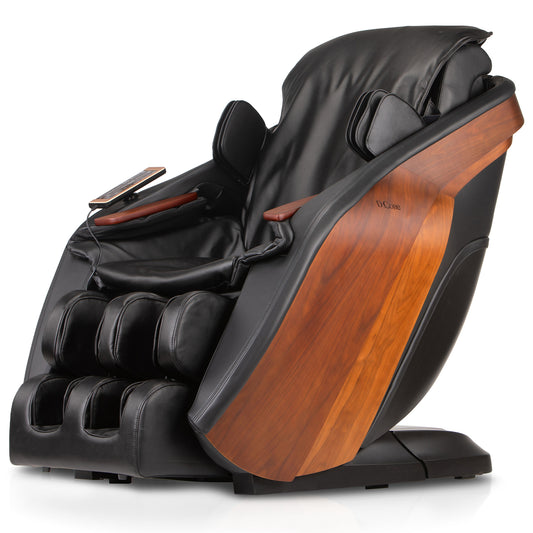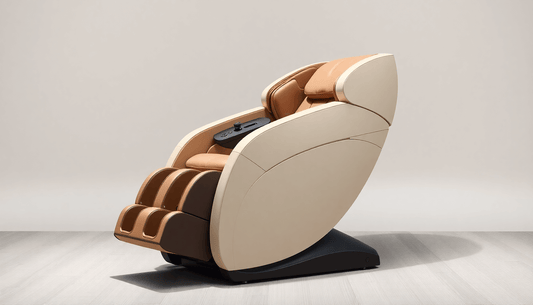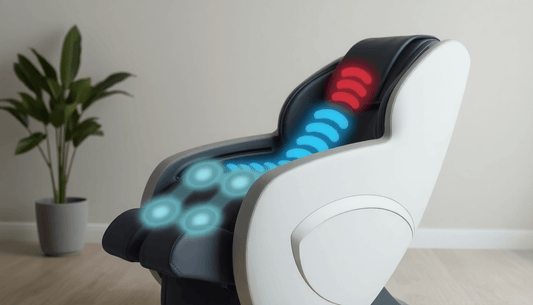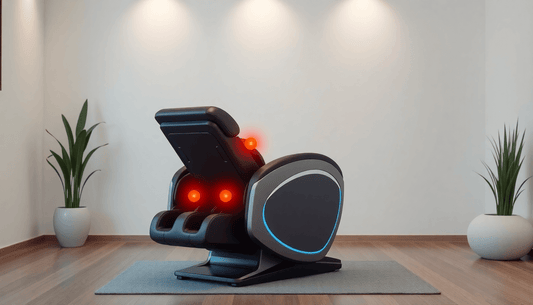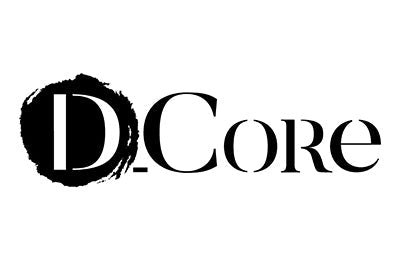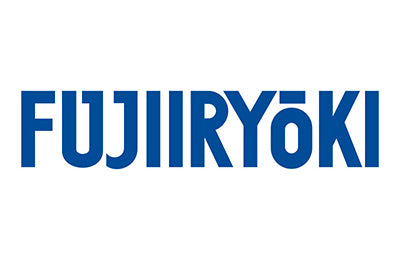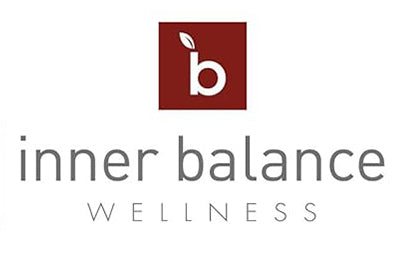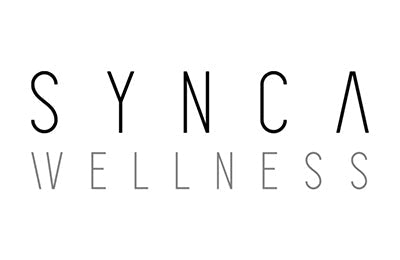
Do Doctors Recommend Massage Chairs? What Experts Say for 2025
Do doctors recommend massage chairs?
Introduction
Short answer: often yes, with caveats. Many clinicians accept massage chairs as a useful tool for symptom relief. They recommend chairs for muscle tension, stress, and recovery in many cases.
Fujiiryoki makes high-quality massage chairs built for home health. The brand focuses on ergonomic design and reliable tech. That matters when doctors weigh safety and value.
This post covers what clinicians say, the medical evidence, who should use chairs, and the latest massage chair trends 2025. If you want a practical guide on safety, features, and the medical benefits of massage chairs, keep reading.
What doctors generally say about massage chairs
Common medical endorsements
Doctors often endorse massage therapy for muscle pain and tension. They say regular, gentle massage can reduce back and neck pain. Clinicians also support massage chairs for stress relief and improved mobility in many patients.
Primary care doctors and physical therapists recommend chairs as an adjunct to care. They like options that let patients use consistent, short sessions. Evidence of symptom improvement and patient preference sway their advice.
Common cautions and limits
Doctors advise restraint for certain conditions. People with infections, open wounds, or unstable fractures should avoid massage chairs. Those with severe osteoporosis or recent surgeries need medical clearance.
Clinicians also stress that a chair is not a replacement for diagnosis or hands-on therapy when needed. Massage chairs work best as part of a broader treatment plan.
How medical professionals evaluate devices
Clinicians check safety, evidence, and adjustability. They look for tested pressure settings and reliable body scanning. Certifications and quality construction matter for trust.
Brands with good testing and transparent specs get more clinical acceptance. That is why manufacturer reputation matters to many doctors.
Medical evidence and the medical benefits of massage chairs
Pain relief and musculoskeletal benefits
Studies show massage chairs can reduce chronic back pain and neck stiffness. Users often report improved range of motion and less muscle tightness.
Advanced chairs offer targeted programs that mimic therapist techniques. Those programs can focus on the lumbar area, shoulders, or calves. Targeted approaches help meet clinical goals more precisely.
Circulation, stress, sleep, and overall wellness
Regular massage can help blood flow and relax the nervous system. Many users notice better sleep after consistent chair use. Lowered stress hormones and reduced muscle tension improve daily function.
Doctors value these secondary gains. Improved sleep and lower stress often boost recovery and reduce pain flare-ups.
Clinical studies, limitations, and real-world results
Clinical studies vary in size and quality. Many show positive short-term results. Long-term data is still limited for some conditions.
Real-world users often report meaningful relief. But doctors want larger trials before making broad claims. Still, the available evidence supports cautious, targeted use.
Who should use massage chairs — and who should avoid them
Good candidates for home massage chairs
Massage chairs help people with chronic muscle tension, office workers, and some athletes. They suit those who need regular, low-risk relief at home.
People who benefit most are consistent users. Short daily sessions often work better than rare, long sessions.
Contraindications and caution groups
Avoid massage chairs during pregnancy without approval. People with deep vein thrombosis, certain implants, or recent surgeries need clearance. Those with bleeding disorders should consult a physician first.
Doctors stress the importance of individual review for high-risk cases.
When to consult your doctor first
Seek advice if you have unexplained pain, neurological symptoms, or sudden swelling. Also check with your clinician after surgery before using a chair.
Explain symptoms and your intended use. That helps your clinician recommend safe settings or alternatives.
Massage chair trends 2025: what doctors will notice
Smart tech and personalization
Massage chair trends 2025 focus on AI-driven personalization. Body scanning and adaptive pressure let chairs tailor sessions. This personalization increases therapeutic value.
Doctors will notice better fit and fewer side effects. AI programs can learn a user’s needs and avoid problematic pressure points. These advances make chairs more clinically relevant.
Health-focused features and data tracking
New chairs include heart-rate integration and recovery modes. Some models log session data for review. Integration with health apps allows tracking over time.
These features support remote monitoring and more informed clinical feedback. Tracking helps clinicians see trends and adjust care plans.
Design, accessibility, and home integration
Design trends lean toward quieter, compact, and more accessible chairs. Those changes increase adoption in small homes and clinics.
Improved user interfaces and simpler controls reduce misuse. Better accessibility means more patients can use chairs safely at home.
Across these shifts, massage chair trends 2025 move devices closer to clinical use. Doctors will take note of measurable outcomes and safety features.
Why Fujiiryoki stands out for health-conscious buyers
Fujiiryoki technology, safety, and certifications
Fujiiryoki designs chairs with ergonomic support and tested safety systems. The company focuses on reliable mechanics and user-friendly controls. Clinicians appreciate brands with transparent testing and certifications.
Fujiiryoki models often include adjustable intensity and secure body mapping. Those traits align with what doctors look for when recommending home devices.
How Fujiiryoki addresses the medical benefits of massage chairs
Fujiiryoki programs target common pain points like the lower back and shoulders. Their chairs offer gentle, therapy-like routines for daily use. These features deliver many of the medical benefits of massage chairs.
Built-in modes can support recovery and relaxation. That makes Fujiiryoki appealing for people seeking proven, safe relief.
Buying, support, and follow-up care from Fujiiryoki
Fujiiryoki offers a smooth shopping experience and solid customer support. Good warranty, professional setup, and easy follow-up matter to clinicians and buyers alike.
Aftercare and support help users stay safe and get the most benefit from their chair.
How to choose and use a massage chair safely at home
Key features to prioritize
Look for adjustable intensity, targeted programs, and medical-grade options. Testability, a fair return policy, and professional recommendations matter.
Choose brands with clear safety specs and good reviews. Those factors reduce risk and increase clinical acceptance.
Safe use tips and best practices
Keep sessions short at first, about 10 to 20 minutes. Monitor how your body responds and adjust intensity. Stop if you feel sharp pain or dizziness.
Use proper posture and follow the chair manual. Consult your clinician for personalized guidance.
Maintenance, updates, and long-term care
Follow simple maintenance steps, like cleaning and checking moving parts. Keep firmware updated when available. Software updates can add features tied to massage chair trends 2025.
Proper care keeps performance consistent and safe.
Conclusion
Doctors often recommend massage chairs in the right circumstances. They support chairs for muscle pain, stress relief, and improved sleep. Clinicians advise caution for specific conditions and recommend medical clearance when needed.
Advances in massage chair trends 2025 make devices smarter and more health-focused. Those improvements increase clinical value and safety.
Talk with your healthcare provider before starting regular use. If you want a reliable, clinic-minded option, consider Fujiiryoki for safety, technology, and ongoing support.
